#Conflent
Text

41 notes
·
View notes
Text
Le Roussillon Conflent construit son nouveau projet d’avenir...
Les 16 communes du Roussillon Conflent se sont réunies le 19 mars pour lancer « leur » projet de territoire, une grande consultation qui définira les grandes lignes de l’avenir de la collectivité.
Le rendez-vous était pris dans la salle polyvalente à Saint Féliu d’Amont. En guise d’introduction, le Président de la communauté de communes Marc Bianchini résume les enjeux de cette démarche : « Ce…
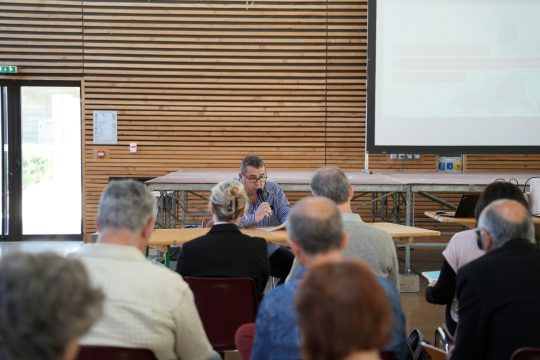
View On WordPress
#Céréma#Conflent#Journal Catalan#Le Journal Catalan#Marc Bianchini#Pyrénées-Orientales#Roussillon Conflent
0 notes
Text

L'abadia de Sant Martí del Canigó, per CircleFork. [font]
#art#pintura#Sant Martí del Canigó#Catalunya#Catalunya del Nord#Castell de Vernet#Conflent#abadia#monestir#Pirineus#Pireneus
1 note
·
View note
Text
Mon pays (Hommage à Albert BAUSIL)
Par Jean-Luc Modat

View On WordPress
#(La Botica VISCA Perpignan#Agly#Albert BAUSIL#Argeles/mer#Aspres#Banyuls#Canet en Roussillon#Canigou#Capcir#Côte Vermeille#Cerbère#Cerdagne#Collioure#Conflent#Fenouillèdes#Garrotxes#illibéris#Jean-Luc Modat#LA GAZETTE CATALANE.COM#Le Barcarés#Librairie Sant Jordi Prats de Mollo#Ma Cuisine Catalane Cahier de recettes familiales & traditionnelles#Maison de la Presse Thuir#méditerranée#Mon Pays#Pays Catalan#Perpignan#Port-Vendres#Pyrénées Orientales#recettes catalanes
0 notes
Text
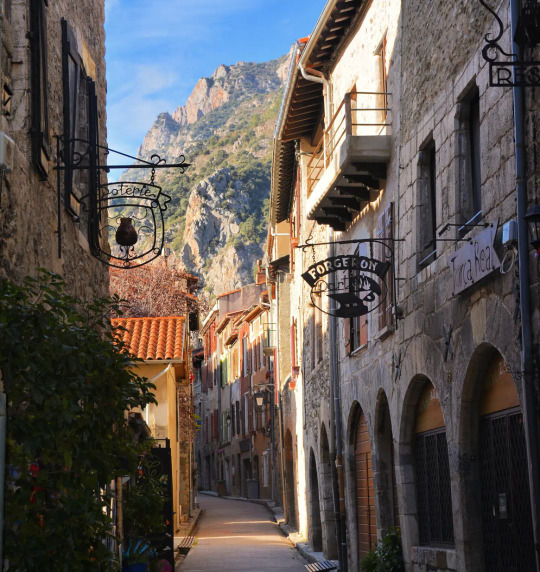
Vilafranca de Conflent, Northern Catalonia.
Photo by imma_alfe on Instagram.
#vilafranca de conflent#catalunya nord#fotografia#travel photography#pays catalan#travel#europe#explore#wanderlust#traveling#beautiful places#old town#historical#aesthetic#landscape photography#landscape#mountains#pyrenees#villefranche-de-conflent
359 notes
·
View notes
Text
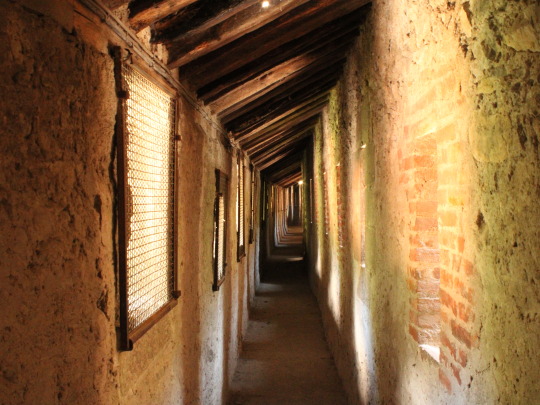
Remparts de Villefranche de Conflent
#photographers on tumblr#photographie#photography#architecture#france#pyrénées orientales#pyrénées#sun#medieval#historic aesthetic#historical architecture#villefranche de conflent#canon#light
2 notes
·
View notes
Text
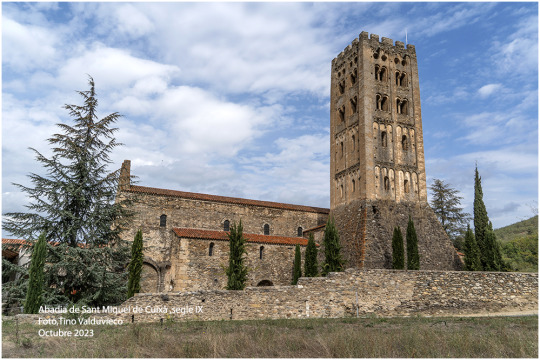




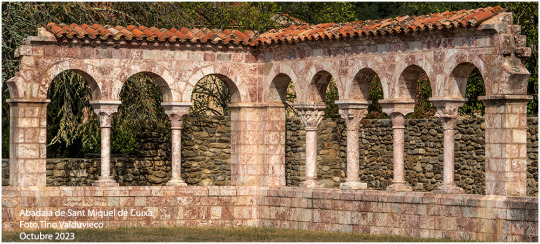




Abadia de Sant Miquel de Cuixà.Sant-Michel de Cuxa,segle IX és una abadia benedictina de la comarca del Conflent dedicat a Sant Miquel Arcàngel.
Abadia de Sant Miquel de Cuixà. Octubre 2023
©Tino Valduvieco
#santmiqueldecuixà#saintmicheldecuxa#viatges#sortides conflent#frança#cultura#historia#viatgesperelmón
0 notes
Text
Occitania 5. Por la Ruta del “Train Jaune”a Villefranche de Conflent.

Desde Puigcerdá en España, a una media hora andando está la estación de Bourg-Madame. El Tren Amarillo es un tren turístico que va hacia Perpignan. Atraviesa altos valles pirenaicos hasta Villefranche, que es una pequeña ciudad amurallada muy interesante.
Muy cerca de Bourg-Madame, está Ur, una aldea.
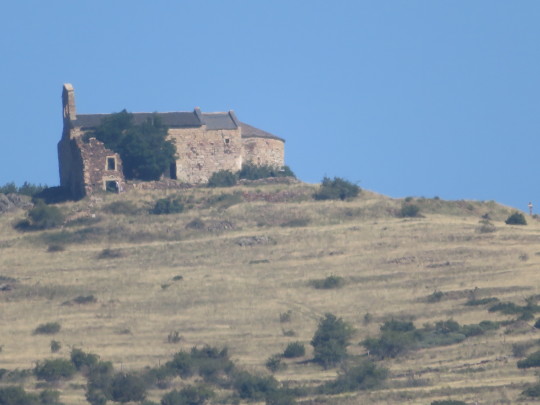



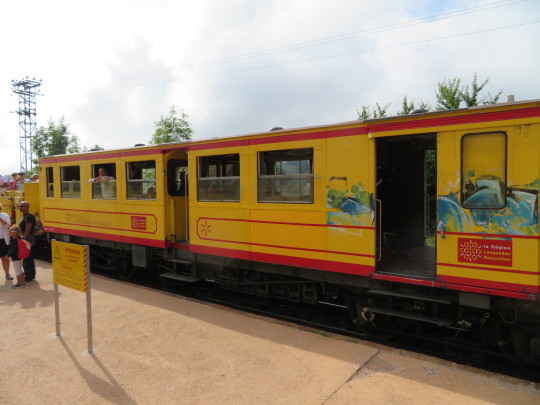











El Destino Villefranche de Conflent, Camino de Santiago, en Francia.
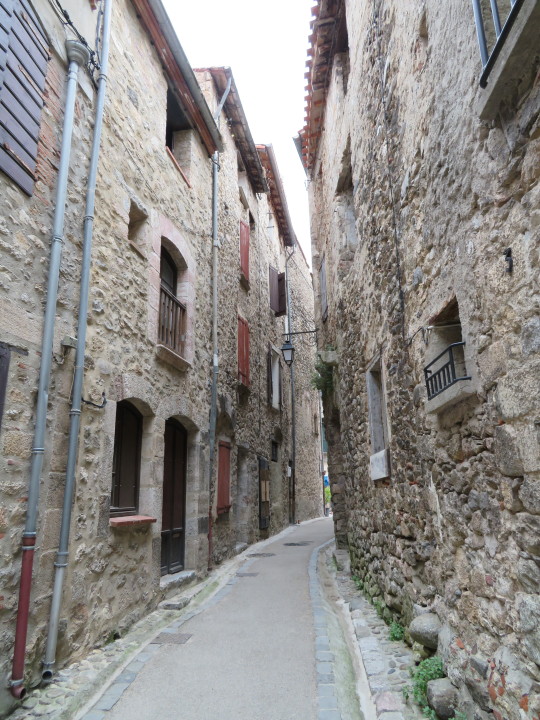
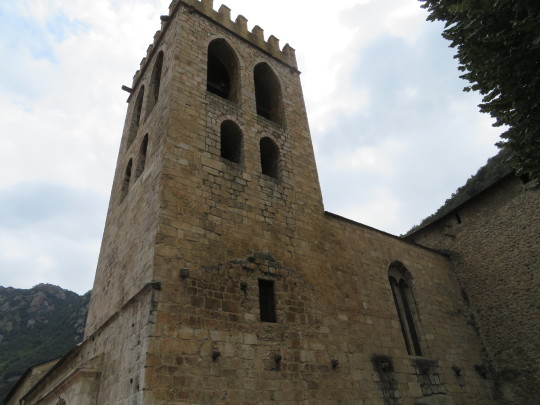

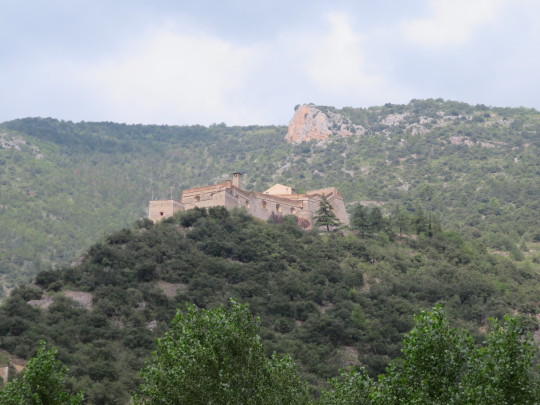

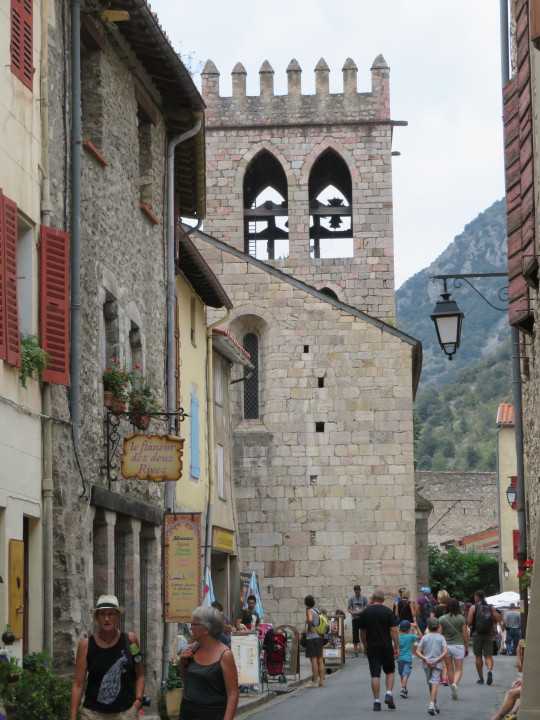

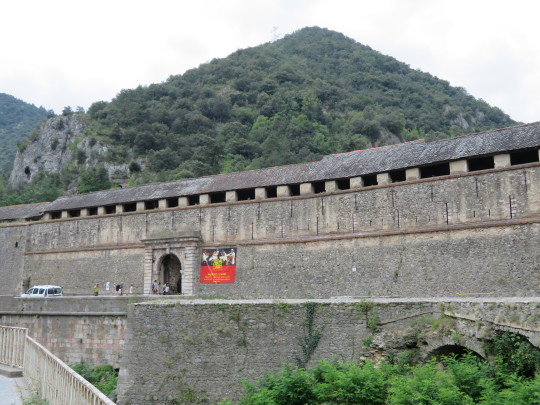


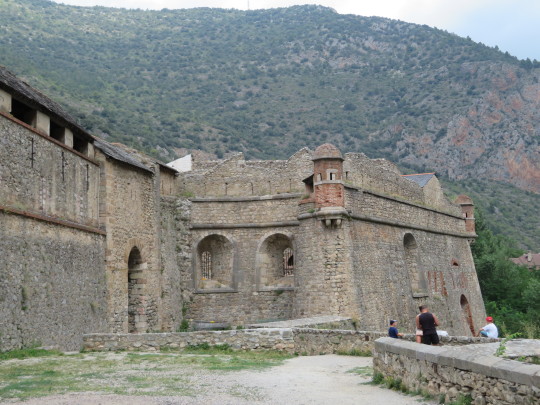
0 notes
Text
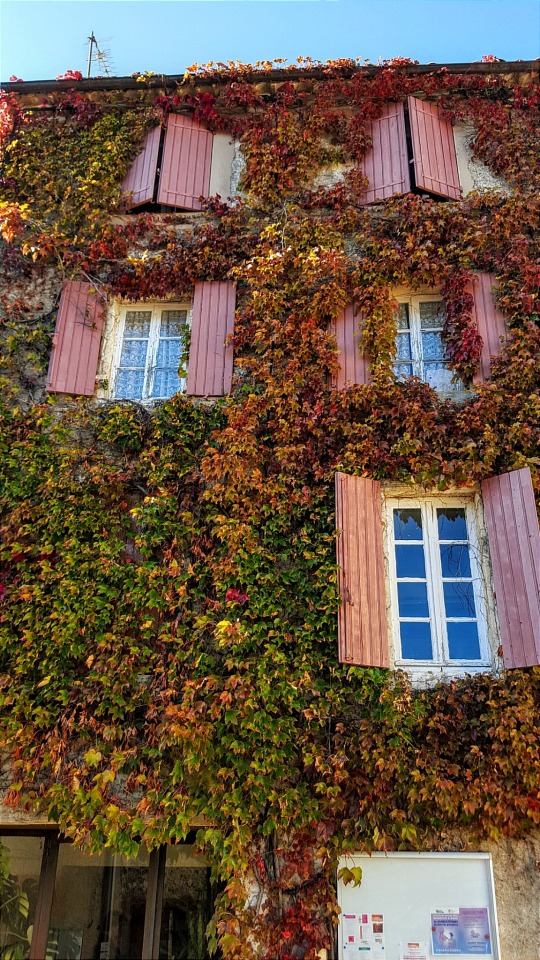
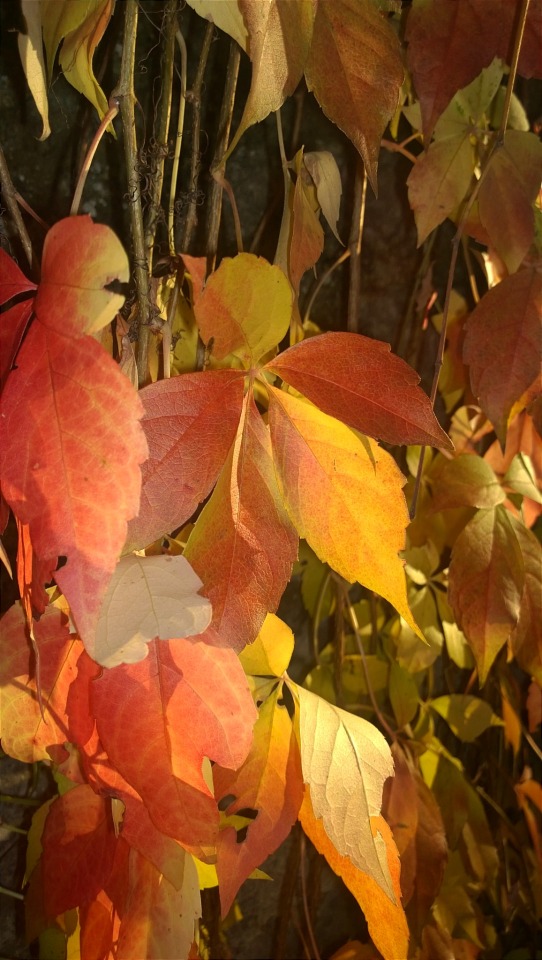
villefranche-de-conflent, france
#right on time for autumn <3#i remember how magical this vacation felt#except for the scorpion in my room#cottage core#studyblr#light academia#aesthetic#fairycore#photography#france#autumn aesthetic#jay speaks
63 notes
·
View notes
Text
Kings of Mallorca out of the islands
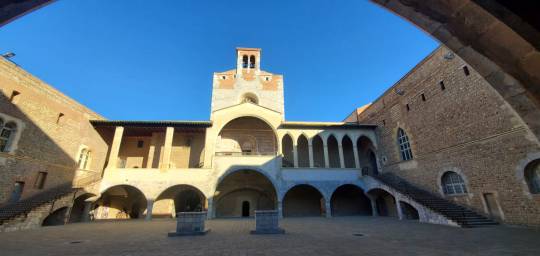
The Palace of the Kings of Mallorca was built by King Jaume II in Perpinyà in 1276, when he assumed the crown of the new kingdom established ten years earlier by Jaume I the Conqueror.
It was the main centre of power for the territories that the new kingdom brought together: the Balearic Islands, the counties of Roussillon and Cerdanya, the lordship of Montpellier, inherited by Jaume I from his mother, Maria, and other fiefs north of the Pyrenees.
Gardens and several chapels were built in the palace, which is protected by powerful walls and a moat. These were consecrated when the complex was completed around 1309, even while King Jaume II of Mallorca, who suffered the temporary loss of his island territories to his uncle, Alfonso III of Aragon, during his reign.
When the islands were recovered around 1291, following the death of the Aragonese king and an arbitration decision by the papacy, James II continued to build the kingdom both in Mallorca and in Roussillon. He was able to enjoy the completed fortress for only two years, as he died in 1311 and was succeeded by his son Sanç.
Sanç I of Mallorca, who became king when his older brother renounced the crown to become a Franciscan friar, continued his father's work and began to build a naval power based on the insularity of most of his kingdom. He clashed with the institutions of the capital of Mallorca.
He died childless in 1324, and was succeeded by his nephew as Jaume III, who immediately assumed vassalage to his relative, King Pere IV of Aragon, whom he supported in the conquest of Sardinia and in the war with the Republic of Genoa.
The Crown of Aragon wanted to annex the kingdom again. Pere IV seized the islands in 1343 and the trans-Pyrenean counties in 1344. Jaume ceded the rest of the baronies to the King of France in exchange for support to recover his kingdom.
The Mallorcan royal dream ended at the Battle of Llucmajor in 1349, certified by the death of Jaume III in the same year. His son claimed the crown of the short-lived kingdom under the name of Jaume IV, but was unsuccessful and his territories were reincorporated into the Crown of Aragon.
After this, the palace of the kings of Mallorca in Perpinyà lost its importance and was only a royal residence when the Catalan-Aragonese monarchs visited their territories in what is now Northern Catalonia.
The wars between the Aragonese and French crowns throughout the 15th century meant that the palace-fortress centralised the defence of the territory. Between 1538 and 1587, Kings Carlos I and Felipe II of Spain enlarged the enclosure with brick walls.
The Treaty of the Pyrenees (1659), by which Spain ceded the former Catalan counties of Rosselló, Cerdanya, Vallespir and Conflent to France, ushered in the French occupation. During the occupation, the military engineer Sébastien Le Prestre, first Lord and then Marquis of Vauban, reinforced the defensive system of what is still today a partially military enclosure.
4 notes
·
View notes
Text



Located near Prades, Eus is entirely classified as a historical monument and is also one of the "most beautiful villages in France".
It is also one of the sunniest villages.
The name of the village is Eus but you have to pronounce "ews" in Catalan as well as in French. The name Eus comes from the name of the holm oak "Elex". The inhabitants are called "els lluerts", the Catalan name for the green lizard.
Built in "beehives" in the garrigue, between the Conflent valley and Mount Canigou, this ancient defensive site had to repel the French in the 16th century, in 1598, and the Spanish army in the 18th century, in 1793.
3 notes
·
View notes
Text
L'élevage en fête à Vinça du samedi 29 avril à 14H au dimanche 30 avril 2023 à la promenade
Grâce à l’engagement et à la disponibilité des éleveurs, des producteurs et des artisans, sans oublier la municipalité, une magnifique vitrine du savoir-faire du monde agricole et de l’artisanat à découvrir
La Commune de Vinça accueille les 29 et 30 avril prochain la fête de l’élevage :
Au programme :
Exposition d’animaux, concours bovins, marché, repas des éleveurs, démonstrations de tonte,…
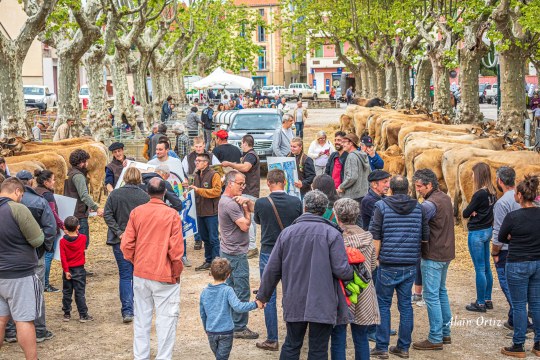
View On WordPress
#artisanat#aubrac#brebis#Conflent#Conflent Canigó#Conflent Canigou#Conseil Départemental 66#élevage#Elevage en fête#Fête#Foire#gasconne#Le Journal Catalan#marché#Pays Catalan#producteurs#station verte#vache#Vinça
0 notes
Text

Mapa del nord de Catalunya, amb Andorra i parts d'Occitània.
#mapa#cartografia#Catalunya#Catalunya del Nord#Fenolleda#Fenolledes#Fenolledès#Rosselló#Vallespir#Aspres#Conflent#Capcir#Cerdanya#Andorra#Urgellet#Alt Urgell#Urgell Sobirà#Empordà#Garrotxa#Ripollès#Berguedà Sobirà#Costa Vermella#Pirineus catalans#Marenda
1 note
·
View note
Text
Henry TUILAGI & Jean-Luc MODAT Passeurs de Mémoires et de Traditions
Henry TUILAGI & Jean-Luc MODAT Passeurs de Mémoires et de Traditions
“Un Peuple qui ne connaît pas son passé, ses origines et sa culture ressemble à un arbre sans racines” Evoquait Marcus Garvey. Henry est Samoan ; Je suis Catalan. En échangeant, nous avons découvert que nous partagions en commun le devoir naturel de transmettre nos cultures respectives par les Arts culinaires Samoanes et Catalanes.
Nous apprenons de nos racines
Le célèbre Henry Tuilagi (ancien…

View On WordPress
#Agly#Argeles/mer#Aspres#Banyuls#Capcir#Côte Vermeille#Cerbère#Cerdagne#Collioure#Conflent#Fenouillèdes#Garrotxes#illibéris#Le Barcarés#Ma Cuisine Catalane Cahier de recettes familiales & traditionnelles#Perpignan#Port-Vendres#Pyrénées Orientales#recettes catalanes#Ribéral#Rivesaltes#Roussillon#Saint Laurent de la Salanque#Salanque#VALLESPIR
0 notes
Photo

Sant Vicenç del Castell chapel in Lluçà, Central Catalonia.
This little Romanesque-style chapel was built in the 11th century. The earliest written reference to it is in the dowry of Guisla de Lluçà (who died in the year 1026) in her marriage to the viscount Bernat I of Conflent.
Located on top of a hill near Lluçà’s old castle, its circular base is very unusual for church buildings in Catalonia. Out of the over 1,000 Romanesque churches in Catalonia, only 9 of them are round (6 of them are still standing and 3 only partially). The Sant Vinenç del Castell chapel is the one in a best state of conservation.
Source: Turisme Lluçanès.
#lluçà#catalunya#fotografia#arqueologia#medieval#middle ages#historical#romanesque#art history#catalan romanesque#europe#travel#wanderlust#travel photography#europa#viajar#catalonia
15 notes
·
View notes
